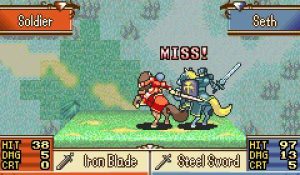Developing and designing games revolves around finding a unique core action – one that, hopefully, people enjoy.
However, crafting a core experience is one of the most difficult parts of game design, and is sometimes overlooked in comparison to the progression, currencies and core loops. If players don’t find the core gameplay fun, it doesn’t matter how smart your currencies or how smart your progression is set up – they won’t stick around.
Creating a fun core game is an art, but is mostly related to understanding the core principle of why people find things fun – understanding what makes a game work.
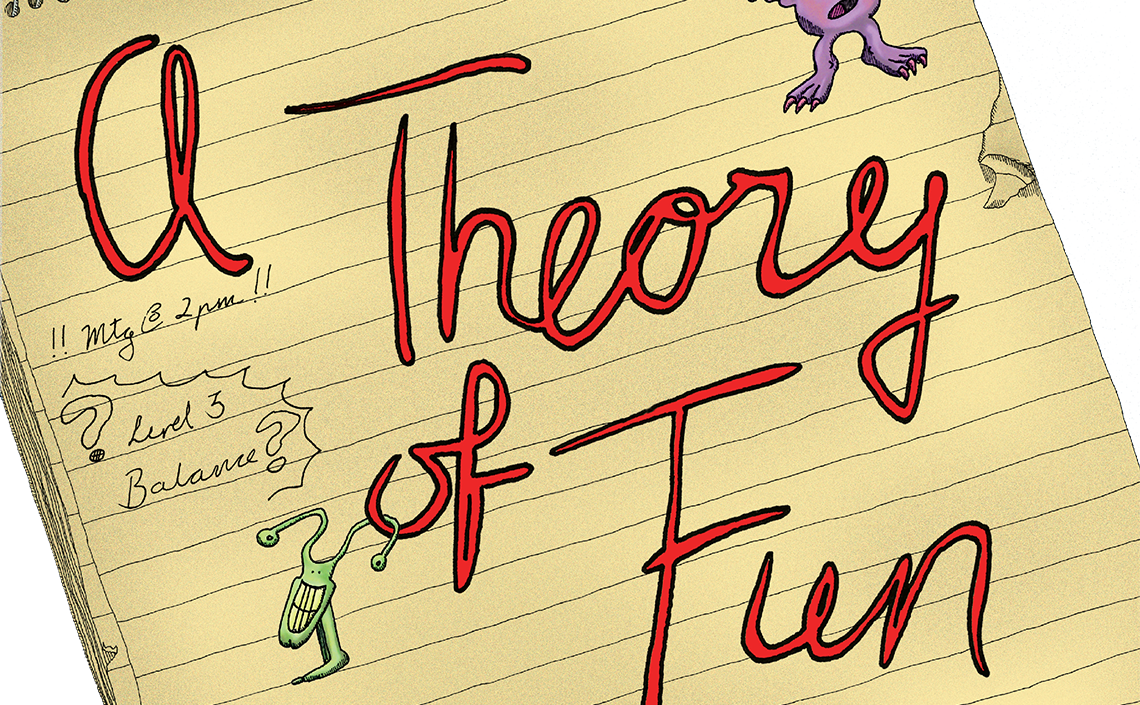
According to Raph Koster (author of “A Theory of Fun”), good games distill down to their ultimate essence – learning sequences and pattern matching. No matter what genre, no matter what the game, the fun part of games are identifying patterns and applying what you’ve learned to win a game.
- Finding possible matches in a match three game, predicting what will happen, and making a choice about which will give you the best result
- Finding patterns in your opponent’s choice of cards to identify what deck he or she is using in Hearthstone, and using your knowledge of that deck to counter it and win the game
Games ultimately become about learning these patterns. By the same token, a game will eventually become boring when you’ve seen all the patterns possible, and are continually given the same problem over and over again. Games become stale when a player feels like they’ve “solved” the game. This is why games like Tic-Tac-Toe become so boring so quickly – players learn quickly how to “beat” the game. This is why games like Starcraft will last for decades – each time someone plays there is so much uncertainty about what the opposing player will bring and what patterns they will use, so learning how to beat the opposing player becomes a lifelong chase.
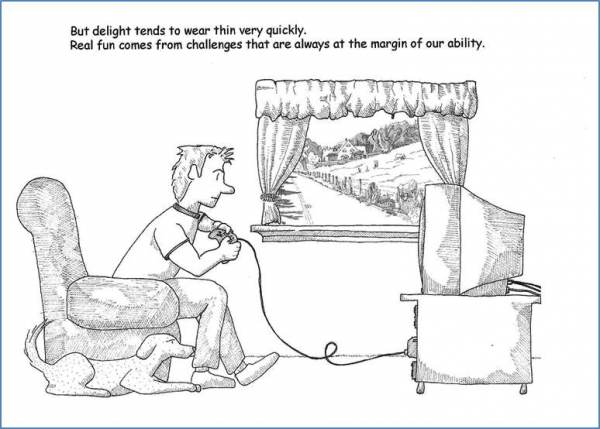
Source: “Theory of Fun” by Raph Koster
So the art of core gameplay design for free to play games is not just about creating a problem a player can solve, but creating a problem a player can solve infinitely over time – problems that will always give the player a new challenge, push them to learn new things. (also hopefully without the need for a ton of work by the developer!)
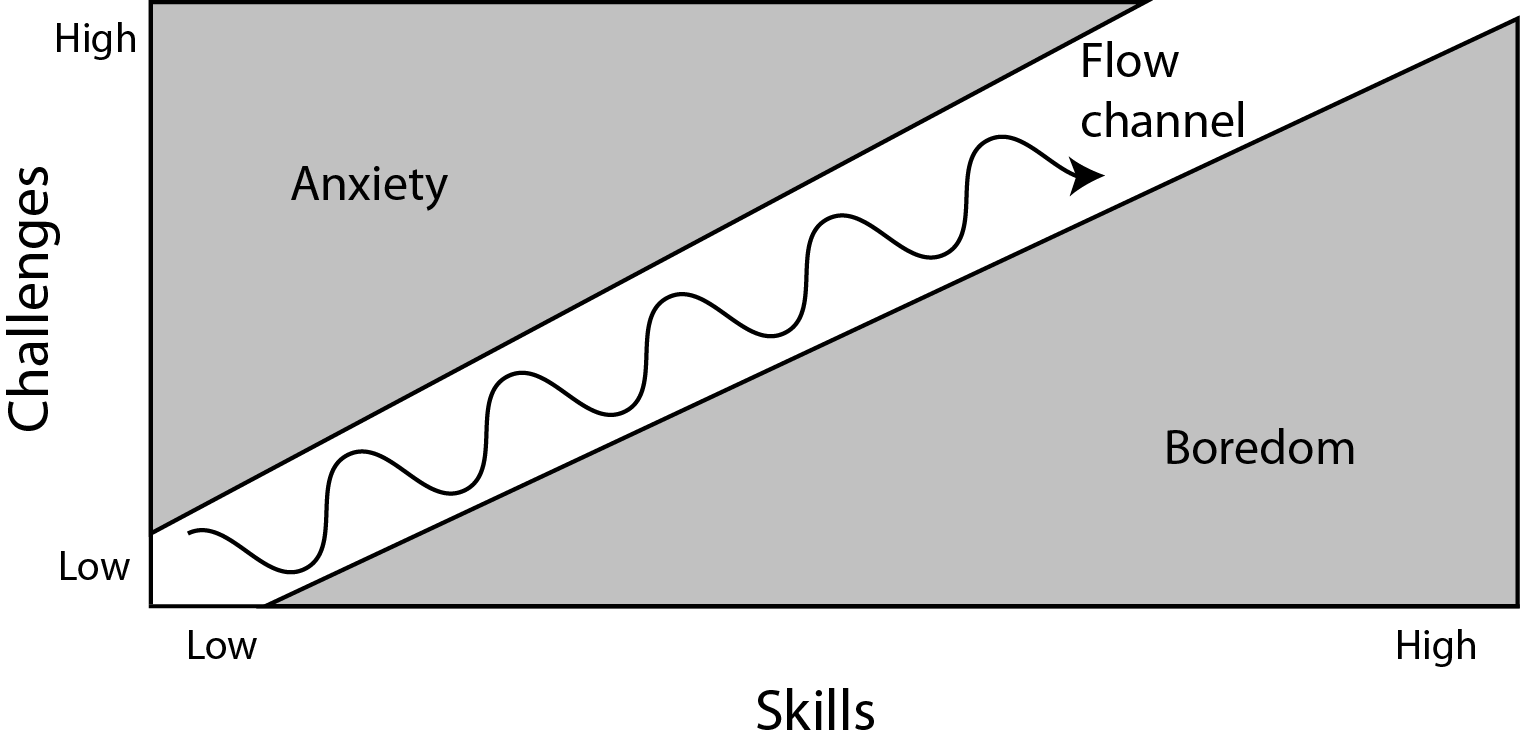
To create and manage this “flow of learning” it’s about giving appropriate challenge and feedback to the player over time. Never giving the player too much feedback or stimulus to overwhelm them. Never giving the player a too challenging a problem to solve that they feel dumb or that they can’t overcome it. Instead, finding a way to balance this challenge and complexity over time, so that players feel like they are continually learning, and that there is always something interesting going on in your game.
We’ve covered exactly how to create this type of feedback in our article on Stats, Skill and Luck:
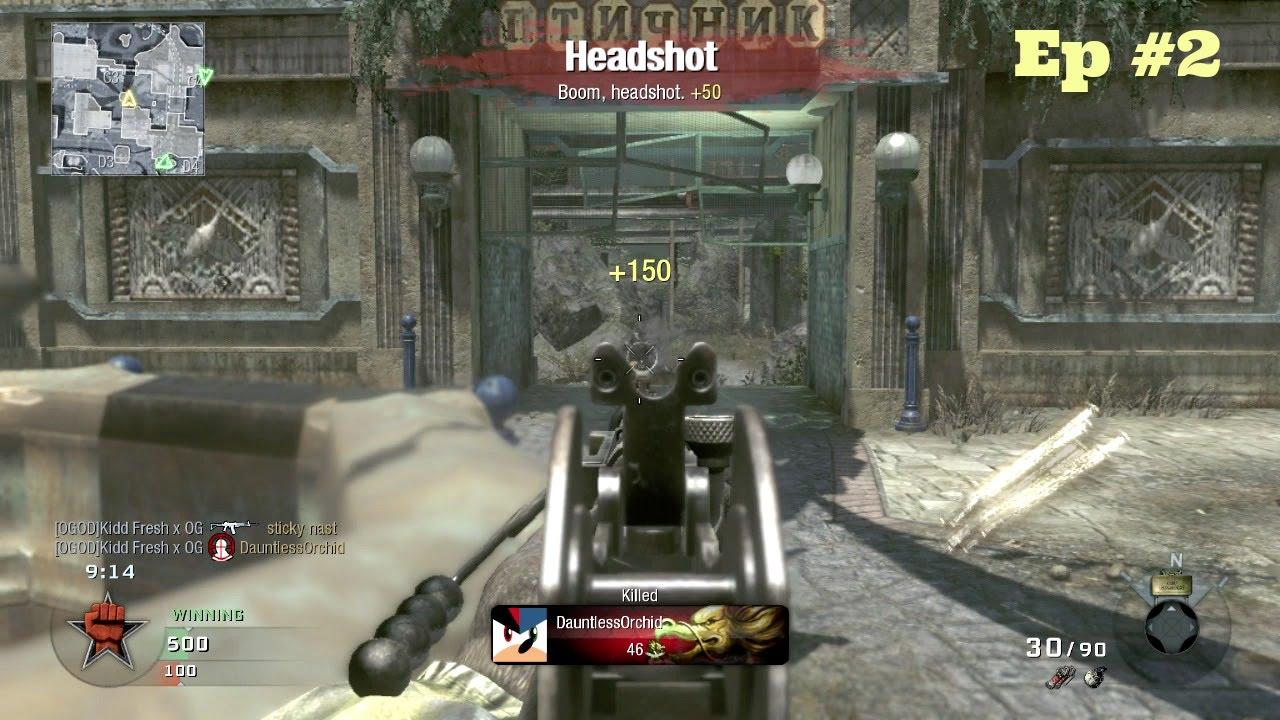
Managing this flow is about feedback. Feedback in your game can come in the form of “Super Effective!” text, sounds, particle effects, or many other forms – it’s anything that relays back to the player that they’ve done something right or wrong. Making feedback clear to a player, fun to watch, and engaging helps your core gameplay feel fun.
There is a reason why designers at PopCap spent months perfecting the animation of falling gems in Bejeweled, and why games like Call of Duty spend so much focus on creating the blood splatters for headshots! The way your game communicates its positive and negative feedback makes a game fun – in many cases, an interesting core gameplay is just about adding more methods of feedback. We would recommend anyone who is looking to squeeze more “fun” out of their core gameplay to watch this talk. It brilliantly articulates perfectly the nuance of making a player interaction more interesting.
To do this properly takes years of experience – to craft games that can feasibly stay engaging for years instead of just days takes a lot of iteration and time. If you’re looking to get to grips with it, here are some resources that we’ve put together to help you formulate a plan:


